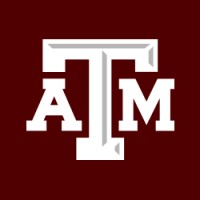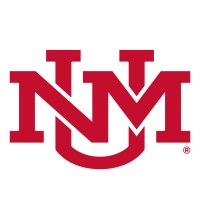
Texas A&M University
Texas A&M University has a proud history that stretches back to 1876 when The Agricultural and Mechanical College of Texas became the first public institution of higher learning in the state of Texas. Nestled in the heart of the Houston-Dallas-Austin triangle, Texas A&M University at College Station is the state's largest university, with nearly 77,000 students calling Aggieland home, and another 5,200 Aggies are studying at branch campuses in Galveston, Texas, and Doha, Qatar. Texas A&M's designation as a land-, sea-, and space-grant institution reflects the superior quality and diverse range of research and innovation occurring on campus daily. Texas A&M boasts a strong military tradition, having contributed men and women in uniform to every armed conflict since the Spanish-American War. More Aggies commission as officers into the U.S. Armed Forces than any other school outside of the U.S. military academies every year. Student-athletes represent Texas A&M across 18 sports within the Southeastern Conference. Additionally, the George H.W. Bush Presidential Library and Museum is located on Texas A&M's campus, as is the President and First Lady’s final resting places. Quick to offer a cheery "Howdy!" to any visitor, Aggies pride themselves on their hospitality and strive to live out the University's core values of respect, excellence, leadership, loyalty, integrity, and selfless service. To learn more about employment opportunities at Texas A&M, visit https://jobs.tamu.edu/.






